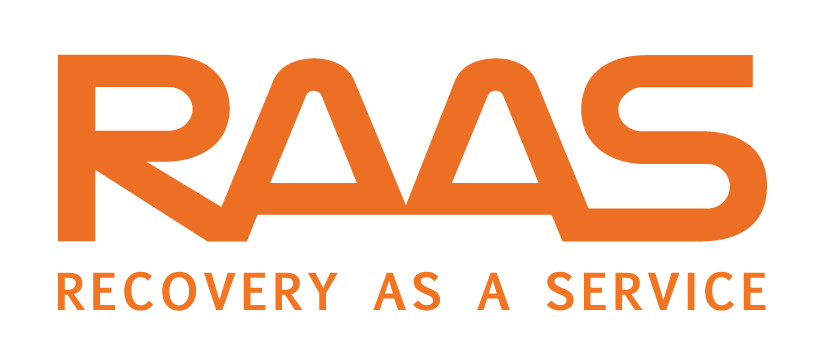When we tell someone that we’ve lost everything on our computer, the most obvious question they ask is: “Do you have backup of the files?” If we are talking about personal data or data stored on a single computer, this will be the right question. When we lose information from a computer, having a data backup is often enough to restore all information. However, when it comes to a company, a data backup is not enough. When the infrastructure is damaged or when all data is lost, a disaster recovery operation is the solution to restore the company’s routine operations. A disaster recovery goes much further than a simple backup of files. In today’s article, we cover the main differences between backup and disaster recovery.
Data storage vs. infrastructure recovery
Backups typically run on a daily basis and pertain to copies of business data for a location other than the company structure. Backup storage is usually done in the Cloud. But disaster recovery presupposes the existence of a Recovery Time Objective, which defines how long the business can run without its IT infrastructure. Thus, in a disaster recovery plan there must be at least two infrastructures that allow the replication of the system and that guarantee the operations of the company and the continuity of the business.
Planning
Backup planning is much simpler than disaster recovery planning, as you just need to answer the question: what are the truly important data for my business? Disaster recovery, however, needs to know what critical infrastructure points are, what recovery priorities are, and how to perform validation tests. The disaster recovery plan serves to reduce risk and downtime by ensuring duplicate infrastructures.
Necessary resources
The backup only needs a second location for storing the data. Disaster recovery requires a completely separate production environment that contains information, but also takes into account other issues such as software, security solutions, connectivity, and physical resources.
A disaster recovery solution is a very complete process that guarantees data protection and recovery in case of failure. Backup is part of disaster recovery, but it is only one of its components. Disaster recovery is a very complete solution since in addition to copying the data also ensures its restoration efficiently in case of natural disasters or infrastructure failures. This type of solution has as a great objective to eliminate (or at least to minimize in large scale) the downtime of a company due to failures.
The loss of data in a company can be fatal, even leading to its bankruptcy. In addition, a company that sees your data exposed will need to recover its good image and recover the trust with customers and other stakeholders. According to Gartner, only 35% of small and medium-sized companies are betting on a disaster recovery plan and these are the ones that most easily succeed. Thus such a solution is essential to minimize (and in some cases eliminate) the damage caused by the exposure of confidential data.

